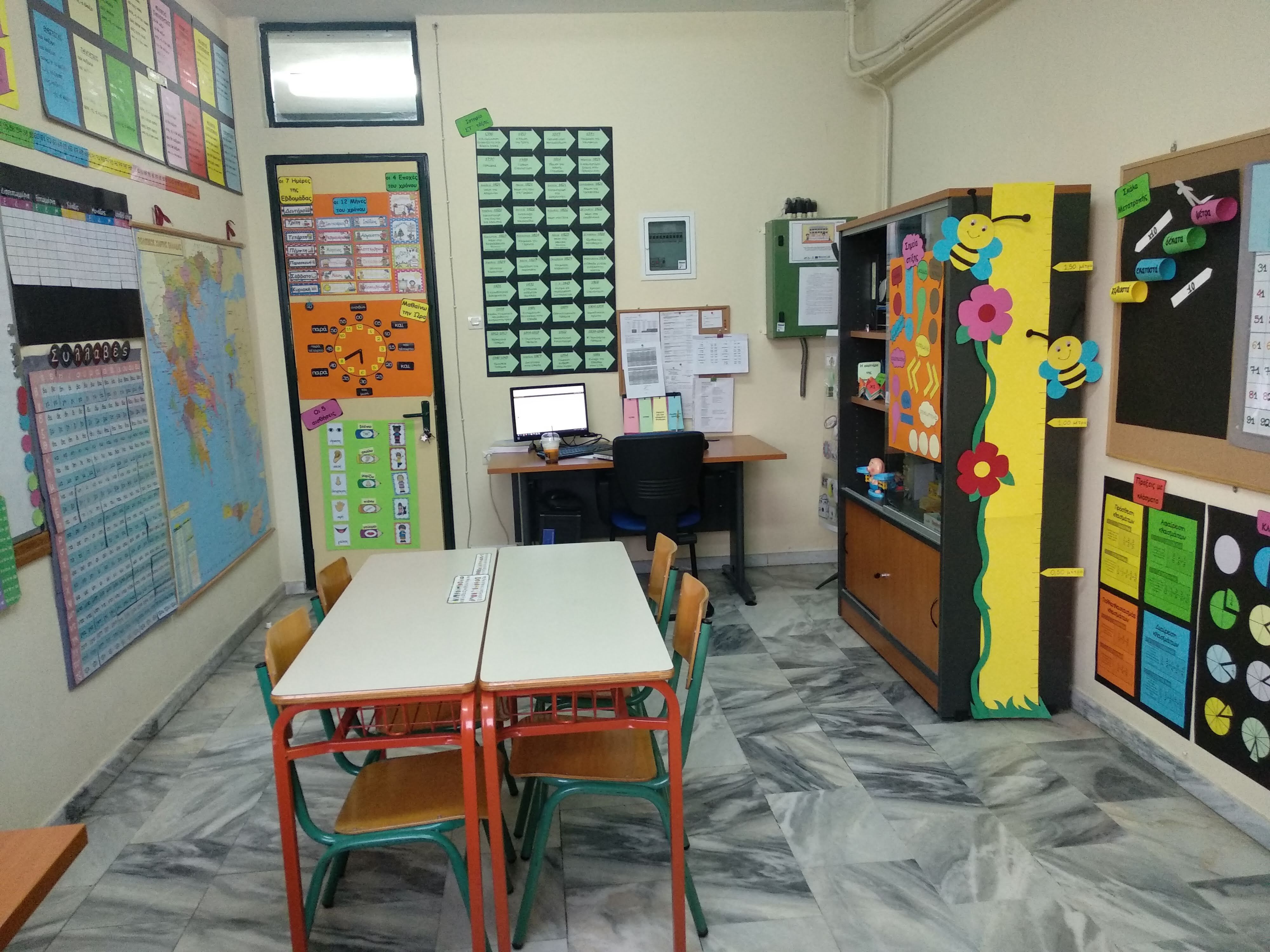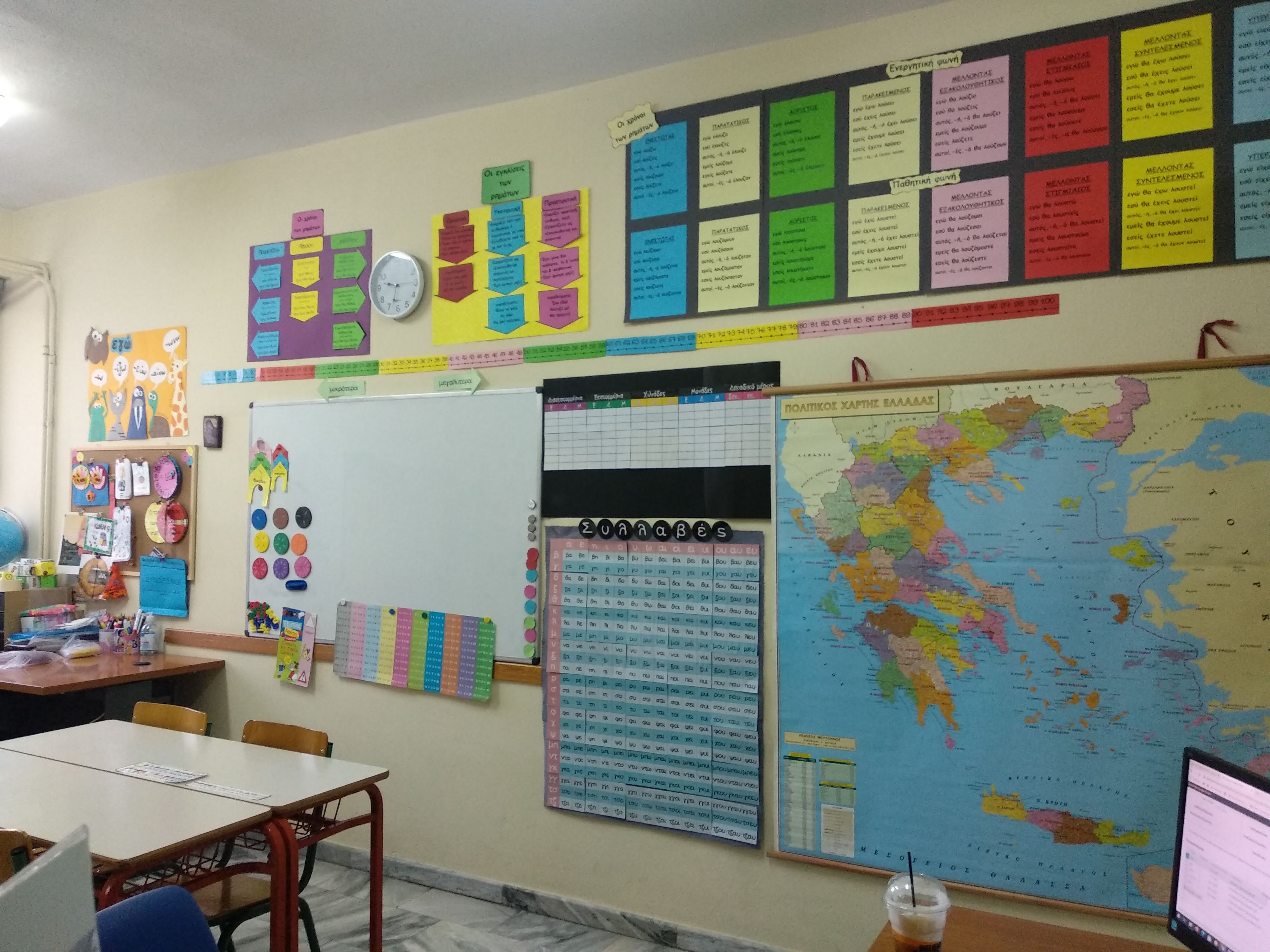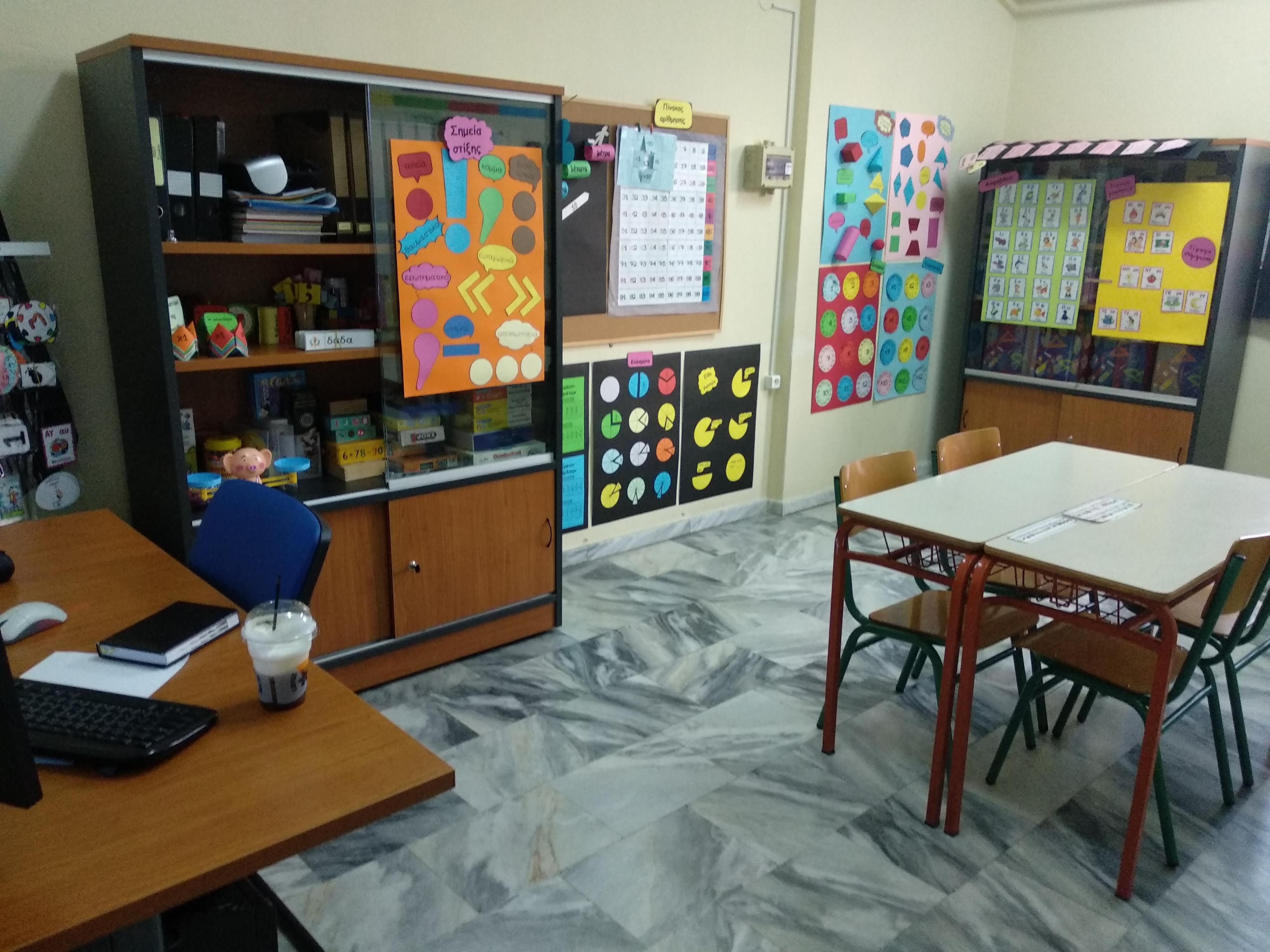Planetariums can be powerful tools for inspiring students and enhancing their knowledge of astronomy in several ways:
Immersive experience: The dome-shaped projection creates a realistic simulation of the night sky, allowing students to feel as if they're truly observing celestial objects.
Visual learning: Complex astronomical concepts become more tangible when visualized, helping students grasp ideas that may be difficult to understand from textbooks alone.
Scale and perspective: Planetariums can effectively demonstrate the vast scale of the universe, helping students comprehend astronomical distances and sizes.
Dynamic presentations: Modern digital planetariums can show time-lapse movements of celestial bodies, illustrating concepts like planetary motion and seasons.
Multidisciplinary connections: Planetarium shows can integrate other subjects like history, mythology, and physics, showcasing the interconnectedness of astronomy with other fields.
Cutting-edge science: Planetariums can present the latest astronomical discoveries and research, keeping students informed about current scientific developments.
Spark curiosity: The awe-inspiring nature of planetarium shows can ignite students' interest in astronomy and science in general, potentially influencing future career choices.
Accessible stargazing: Planetariums provide a consistent and controlled environment for observing the night sky, regardless of weather conditions or light pollution.
Interactive learning: Many modern planetariums offer interactive features, allowing students to explore and manipulate celestial objects, enhancing engagement and understanding.
Cultural perspective: Planetariums can showcase how different cultures have interpreted the night sky, broadening students' cultural awareness and historical knowledge.

What do you think?
Best posts made by Antonia
-
Planetariums as Astronomy Education Toolsposted in Digital teaching tools
-
Educational Robotics for Students with Special Educational Needsposted in 3.0 Teaching in the 21st Century Competition
Educational robotics has emerged as a transformative tool in inclusive education, offering unique opportunities for students with special educational needs (SEN) to engage with technology while developing cognitive, social, and motor skills. Through hands-on interaction with programmable robots, these students can experience learning in ways that traditional methods might not accommodate, potentially bridging gaps in communication, problem-solving, and collaborative learning.
However, this raises important questions: Does the integration of robotics truly create more inclusive learning environments, or does it inadvertently create new barriers for students who struggle with technology? How do we ensure that robotic tools are designed with accessibility in mind rather than as one-size-fits-all solutions? Furthermore, what are the long-term implications of relying on technological mediators for social interaction and learning development in vulnerable student populations? -
RE: Get to know your fellow Forum members and tell us a bit about yourself in this discussion!posted in Our forum community
@Ana_moderator said in Get to know your fellow Forum members and tell us a bit about yourself in this discussion!:
Who are you and where are you from?
Your job title, your favorite part of your job?
What do you enjoy doing in your spare time?My name is Antonia, and I live in a small town in Greece. I am special education teacher working in an elementary school, guiding students with learning disabilities to overcome their difficulties and succeed in all areas of their lives. The most rewarding aspect of my job is witnessing students excel academically and build their self-confidence, finding joy in learning and continually growing. In my free time, I enjoy delving into art history, traveling to explore new cultures, and expanding my horizons.
-
RE: Bullying in educational establishmentsposted in Teaching in the 21st Century Teacher competition 2.0

Bullying in educational establishments is a pressing issue with diverse forms like physical, verbal, relational, and cyberbullying, all with severe repercussions, such as psychological trauma and academic challenges. Schools play a vital role by implementing anti-bullying policies, educational programs, and protocols to handle incidents effectively. Creating a positive school culture by promoting empathy and respect, supporting victims and perpetrators, involves everyone - schools, parents, teachers, and communities. To combat bullying, a collaborative, multi-dimensional approach focused on prevention, intervention, and support is crucial, ensuring safe and nurturing learning environments for all students. -
RE: One Small Step for you,One Big step for Sustainability.There is always Something to improve !posted in Teaching green
Your dedication to sustainability and continuous improvement is truly inspiring. As educators, we have a unique opportunity to influence future generations and instill these crucial values.
Your approach of focusing on incremental changes is spot-on. It's easy to feel overwhelmed by the scale of environmental challenges, but recognizing that every small action counts can motivate us and our students to keep pushing forward.
Your commitment to ongoing improvement sets a powerful example.
Keep up the excellent work. Your passion is undoubtedly making a real difference, both for the environment and for the students you're inspiring along the way. -
RE: Sharing experienceposted in Teaching in the 21st Century Teacher competition 2.0
This year, I learned about this specific competition, a unique opportunity that offers professional development, collaboration, and experience. I am completing the project with my students at the school where I work, and I hope to contribute to the academic and scientific community.
-
The Integration of Artificial Intelligence in Schools by Ministries of Education Worldwideposted in Teaching in the 21st Century Teacher competition 2.0
From personalized learning algorithms to AI-powered tutoring programs, the educational landscape is evolving rapidly as countries explore innovative ways to harness the potential of AI in education.
Have you ever wondered how Ministries of Education around the world are incorporating Artificial Intelligence (AI) into schools? Can you mention your own experience from your country? -
RE: Ideas for you_Build innovative environment in classroom with ICTposted in Teaching in the 21st Century Teacher competition 2.0
Project-Based Learning (PBL) is a powerful teaching approach that fosters inquiry, problem-solving, and collaboration among students. Through the use of digital project management platforms, collaborative document editors, and multimedia creation tools, students are engaged in hands-on projects that require critical thinking and creativity. PBL encourages students to explore real-world challenges, conduct research, and present their findings in innovative ways, promoting a deep understanding of the subject matter. By embracing PBL, educators can create dynamic learning environments where students take ownership of their learning and develop essential skills for success in the 21st century.
-
RE: Empowering Girls Through Educationposted in 3.0 Teaching in the 21st Century Competition
Girls in many communities face interconnected challenges that threaten their educational continuity, including economic pressures that force families to prioritize boys' education or require girls to work or marry young for financial stability. Cultural expectations often limit girls to domestic roles, while safety concerns about harassment or violence on the way to school or within school environments create additional barriers. Schools can support at-risk girls by implementing targeted interventions such as providing scholarships or school supplies, establishing mentorship programs that connect girls with female role models, creating safe transportation options or boarding facilities, and working directly with families and community leaders to address cultural barriers. Additionally, schools should ensure gender-sensitive facilities, zero-tolerance policies for harassment, flexible scheduling for girls with domestic responsibilities, and curricula that challenge gender stereotypes while celebrating female achievements and leadership potential.
-
Learning Difficulties and Softwareposted in Inclusive teaching
Understanding Learning Difficulties and Software
Learning difficulties can present significant challenges for students in the university setting. These difficulties can impact various aspects of learning, including reading, writing, math, and language skills. Fortunately, advancements in technology have led to the development of software tools that can help students with learning difficulties overcome obstacles and succeed academically.
One common type of software used to support students with learning difficulties is text-to-speech technology. This software converts written text into spoken words, making it easier for students with reading difficulties to access and understand written information. By listening to the text being read aloud, students can improve their comprehension and retention of course materials.
Similarly, speech-to-text software allows students with writing difficulties to dictate their ideas verbally, which are then transcribed into written text. This can be especially helpful for students with dyslexia or other learning disabilities that affect their writing abilities. By using speech-to-text software, these students can express their thoughts more easily and effectively.
Another valuable tool for students with learning difficulties is graphic organizers software. These programs help students visually organize information, make connections between concepts, and create structured outlines for essays and projects. By providing a visual representation of information, graphic organizers software can enhance the organization and clarity of students' work.
Additionally, software programs designed to improve math skills can be beneficial for students with learning difficulties in this area. These programs often include interactive exercises, visual aids, and step-by-step explanations to help students grasp mathematical concepts more effectively. By providing tailored support and feedback, math software can boost students' confidence and performance in this challenging subject.
In conclusion, software tools play a crucial role in supporting students with learning difficulties in the university setting. By leveraging text-to-speech technology, speech-to-text software, graphic organizers, and math programs, students can overcome obstacles, enhance their learning experience, and achieve academic success. These tools empower students to learn in ways that cater to their individual needs and strengths, ultimately helping them reach their full potential in higher education.
Could you recommend specific software tools for students with dyslexia? -
RE: One Small Step for you,One Big step for Sustainability.There is always Something to improve !posted in Teaching green

Continuous improvement is crucial for advancing sustainability efforts. From reducing waste to conserving resources and implementing eco-friendly practices, every small step plays a part in creating a significant positive impact on the environment. By adopting a mentality of ongoing enhancement, we ensure that we are constantly working towards better solutions and actively contributing to the promotion of sustainability for our planet and the well-being of future generations.
-
RE: Ideas for you_Gamifying classrooms to enhance learners engagementposted in Teaching in the 21st Century Teacher competition 2.0
Simulations and virtual labs offer a dynamic way for students to dive into real-world experiences in a secure and engaging setting. Whether unraveling the intricacies of biology or conducting physics experiments, these tools provide a hands-on approach without the constraints of traditional resources. For example, students can partake in a virtual dissection in biology class, enabling them to grasp anatomical concepts without physical specimens. By embracing simulations and virtual labs, students can develop a deeper understanding of complex subjects while fostering curiosity and exploration in a risk-free environment.
Another tool I use is Kahoot! Kahoot is a popular gamification tool that primary teachers can use to make learning fun and engaging for their students. With Kahoot!, teachers can create interactive quizzes, surveys, and discussions that turn learning into a game. Students can participate using their own devices, allowing for individualized learning experiences and immediate feedback. Kahoot! also offers a variety of ready-made educational games on various subjects, making it easy for teachers to incorporate gamified elements into their lessons and keep students motivated and excited about learning. -
RE: Equal Opportunities for All Genders in School Leadership and Participationposted in 3.0 Teaching in the 21st Century Competition
Equal Leadership Opportunities:
I rotate leadership roles systematically using weekly schedules and random selection, assigning different types of leadership (project manager, presenter, facilitator) to ensure every student experiences various responsibilities.
Gender Bias Observations:
Yes, I've noticed boys dominating science discussions while girls hesitate in math, or girls gravitating toward creative writing while boys avoid it. I also see differences in risk-taking behavior based on perceived gender norms.
Encouraging Participation Beyond Traditional Roles:
I use mixed-gender partnerships, highlight diverse role models, set equal participation expectations, and praise effort over achievement. I deliberately invite quieter voices and create multiple ways to participate (verbal, written, visual) to accommodate different comfort levels. -
RE: What is the worldwide experience of integrating global competence into curriculum: school practice and teachers’ voiceposted in Teaching in the 21st Century Teacher competition 2.0
Integrating global competence into the curriculum is a vital aspect of modern education. By adapting teaching methods to neomillennial learning styles and embracing digital civic and political participation, educators prepare students to navigate a diverse and interconnected world. Understanding global issues not only impacts the present but shapes the future, emphasizing the need for a multidimensional approach encompassing knowledge, skills, attitudes, and values applicable to intercultural scenarios. Encounters with individuals from different cultural backgrounds form the essence of global competence, fostering an understanding of diverse perspectives and cultivating a more nuanced view of complex global challenges.
-
RE: Planetariums as Astronomy Education Toolsposted in Digital teaching tools
@BRYANb8875625e5 Thank you for sharing this comprehensive list of astronomy education apps. It's excellent to see you're incorporating technology to make astronomy more engaging and accessible for your students.
-
Assistive Technology for Learning Difficultiesposted in Teaching in the 21st Century Teacher competition 2.0

Assistive technology refers to any device, equipment, software, or product system that is used to increase, maintain, or improve the functional capabilities of individuals with learning difficulties. These tools are designed to help students with challenges such as dyslexia, ADHD, or visual or auditory processing disorders, enabling them to access information and participate in educational activities more effectively.One common type of assistive technology for learning difficulties is text-to-speech software. This tool converts written text into spoken words, making it easier for students with reading difficulties to comprehend information. By listening to the text being read aloud, these students can better understand the content and improve their overall comprehension.
Another useful assistive technology is speech-to-text software, which allows students to dictate their ideas or responses orally, with the software converting their speech into written text. This is beneficial for students who struggle with writing or spelling, as it helps them express their thoughts more efficiently without being hindered by their difficulties.
Visual aids are also essential tools for students with learning difficulties. Highlighting tools, graphic organizers, and color-coded materials can help these students better organize information, identify key points, and make connections between concepts. These visual supports assist in enhancing comprehension and retention of academic content.
Additionally, adaptive hardware such as specialized keyboards, ergonomic chairs, or screen magnifiers can make a significant difference for students with physical challenges or motor skill difficulties. These tools ensure that all students have equal access to educational materials and can engage in learning activities comfortably.
It is important to note that the use of assistive technology should be accompanied by proper training and support. Educators, parents, and students themselves should be trained on how to effectively utilize these tools to maximize their benefits. Regular monitoring and adjustments may also be necessary to ensure that the assistive technology remains relevant and supportive of the student's needs.
In conclusion, assistive technology plays a crucial role in supporting students with learning difficulties by providing them with tools and resources to overcome their challenges and succeed academically. By embracing these technologies, educators can create inclusive learning environments where all students have the opportunity to thrive and reach their full potential.
Have you encountered any challenges in implementing assistive technology in your classroom, and if so, how have you addressed them? -
RE: A teacher's workplace - how is your workspace organized?posted in Classroom management
My special education classroom workspace is a blend of organized structure and adaptive flexibility. Key aspects include:
Visual organization: Color-coded materials, labeled storage bins, and clear visual schedules help maintain order and assist students with different learning needs.
Flexible seating: A mix of traditional desks, standing options, and sensory-friendly seating like wobble stools or bean bags accommodate diverse sensory needs.
Technology station: A dedicated area with assistive technology devices, tablets, and a computer for individualized learning programs and communication aids.
Calming corner: A quiet space with soft lighting, noise-canceling headphones, and comfort items for students who need sensory breaks.
Accessible materials: Shelves and storage at various heights ensure all students can reach necessary items independently.
Collaborative space: An area for small group instruction or peer interaction activities.
Personal teacher space: A small, organized desk area for administrative tasks and planning.
Favorite aspects include the adaptable nature of the room and how it supports various learning styles and needs. The integrated technology helps personalize instruction and track student progress efficiently.
To enhance productivity, I use digital tools like specialized IEP software, behavior tracking apps, and I am planning to set an interactive whiteboard technology to further support our students' diverse needs.
My classroom:


-
RE: Creativity Handbook says "Educators need to understand creativity in order to embrace it". So what are the activities that help 15-year-olds become more creative?posted in Teaching in the 21st Century Teacher competition 2.0

Creativity plays a vital role in education, requiring educators to comprehend its essence to effectively nurture it among students. For 15-year-olds, engaging in activities that encourage thinking outside the box, such as brainstorming sessions, project-based learning, and artistic expression through various mediums, can significantly enhance their creative abilities. Despite PISA findings indicating a decline in creativity levels among 15-year-olds compared to when they were 10, it underscores the need for continuous support and cultivation of creativity throughout the educational journey. From my experience, developing teens' problem-solving, creative writing, and data interpretation skills involves fostering an environment that values exploration, encourages risk-taking, provides constructive feedback, and promotes collaboration, ultimately leading to more innovative and effective learning outcomes.
-
RE: How to become the winnerposted in Teaching in the 21st Century Teacher competition 2.0
@Bousl2336873cb4 Congratulations on your well-deserved award! Your dedication to education and positive impact on students is truly commendable. Thank you for your invaluable contributions to the field of teaching.
-
RE: AI in Special Education: Enhancing Learning and Inclusionposted in Inclusive teaching
I am a special education teacher too. I teach students with learning difficulties. Children with autism can benefit from personalized learning tools tailored to their unique needs and learning styles. By integrating AI technology into educational interventions, educators can create individualized programs that provide targeted support for children with autism, helping them build essential skills and enhance their overall learning experience. These AI tools can assist in improving communication, social interaction, and cognitive development, offering a new and promising avenue for supporting the educational growth of children with autism spectrum disorder.